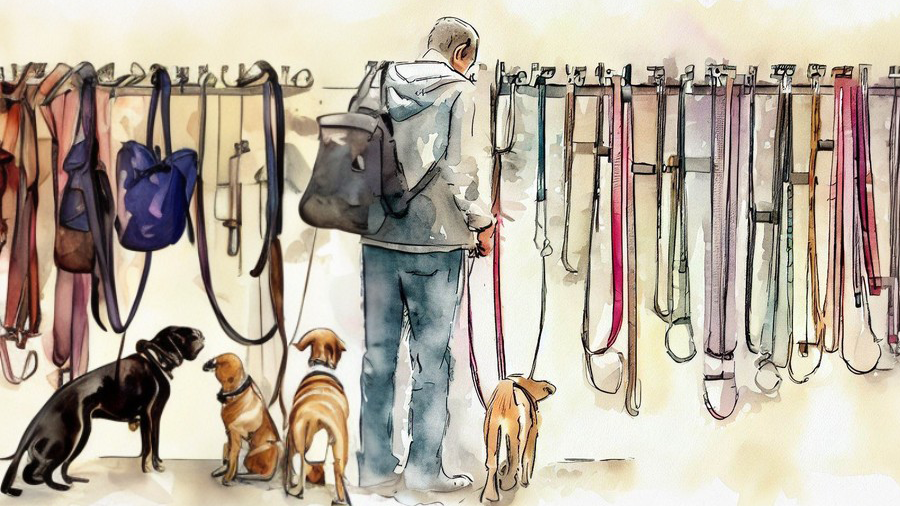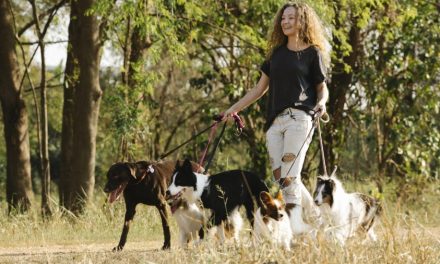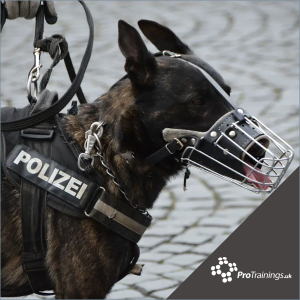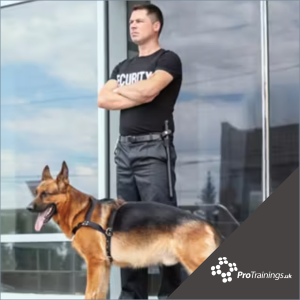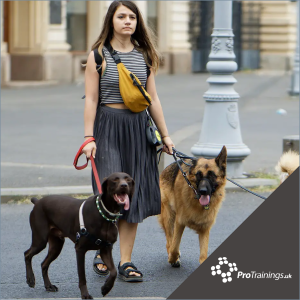What is the best dog leash to use? Well, when it comes to everyday use, including walks and exercise, the truth is almost any leash will do it. But if you have a puppy struggling with a specific behavior, or you want to train a specific skill, the leash plays a big role. It can create miscommunication in the training or worsen the issue.
Leashes come in different lengths, widths, and styles. The challenge is finding the best leash for the purpose you want. Some leashes suit every breed and temperament. It is just a matter of researching and finding the best for you.
All dog leashes serve the basic purpose, which is to keep your dog safe and under control while in public.
What is the purpose of dog leashes?
Before we even get to the specific benefits of leashes, we have to mention that specific places have laws in place that require owners to have their dogs on leashes while in public. And it is all due to safety. A dog on the loose can easily cause an accident, act in aggression, or get injured from passing cars.
With that in mind, here are some of the basic benefits of using a dog leash:
- Provides a simple and safe way to handle and communicate with your pet while training
- Prevents dogs from chasing and lunging
- Prevent dogs from wandering in inappropriate places
- It works as a temporary tether for your dog, making you safe if you cannot give attention for a few minutes
- It is an essential tool during the early days of puppyhood to keep your young puppy safe and aid in training
- Prevents running into the road and injuring in the process
How to choose the best dog leash?
When you want to choose a dog leash for your pet, there are a few questions you have to answer:
- What is the purpose you will use the leash for?
- What is the material it is made from?
- Is the length and width suited for the task at hand?
That is a lot to consider, given the fact there are hundreds, if not thousands of options available, right? Well, luckily for you, we have tried to answer the most important question about each leash type.
Before we go on to dissect each leash, let’s talk about the factors that play a role in choosing the best leash.
- Size: Remember, bigger dogs are stronger, and need thicker leashes
- Age: Puppies need stronger leashes as well, depending on the level of training. Puppies not accustomed to walking on a leash might pull more frequently. They also need a shorter leash for training
- Landscape: What you call home plays a role in choosing the leash. For example, country dogs have more room to roam, and they benefit from longer leashes. City dogs, on the other hand, benefit from shorter leash that will keep them safe
- Breed: This might surprise you, but certain breeds can experience health issues when put on the wrong leash. It is especially true for dogs like Pugs, French Bulldogs, and English Bulldogs
Types of Leashes
The Standard Leash
Designed for basic training and everyday use, the standard leash has a loop handle at one end, and a metal clip at the other. You attach it to the collar. The standard leash comes in different lengths, ranging from 4 to 8 feet. Generally speaking, the 6-feet length is ideal for most dogs.
They are often made of nylon and are flat. Flat leashes get wider and thicker for larger and stronger dogs. On the other hand, leather leashes are considered more durable.
Pros:
- Great for dogs who try to chew on a leash
- Helps with basic training
- Keeps the dog close to you
Cons:
- Leather leashes need constant oiling to maintain the condition
- Cotton and nylon standard leashes can absorb water and become heavier
- Not much resistant to wear and tear
The Retractable Leash
These leashes allow you to vary the length of the leash and give your dog some freedom of movement. Think of these leashes as a measuring tape with a nylon cord. It can extend from 4 to 30 feet and has a locking mechanism that allows you to lock the leash at different degrees of length.
Retractable leashes collect up automatically when you release the mechanism. While they are quite popular, you should never use them for training a puppy. They teach all the wrong behaviors and manners, like pulling on the lead.
You should only use them with a well-mannered adult dog, and once you have a complete understanding of the tool
Pros:
- Allows dogs some freedom of movement
- Can extend or shorten the length
- Provides control in urban areas
Cons:
- Can cause rope burns
- Possible strangulation due to excess line
- Teaches puppies bad manners
The Adjustable Leash
Think of a standard leash with several functions. These leashes have loops along the leash, allowing a clasp to shorten or lengthen the leash. No, it is not exactly a retractable leash. But the various sizes are useful during dog training.
While it will not replace the standard leash, the hands-free option is fantastic for walking or jogging with a dog with good leash skills.
In other words, same as the retractable leash, it should not be used on dogs without proper leash etiquette.
Pros:
- Ability to adjust the length
- Hands-free option you can strap around your waist
- Allows you to walk two dogs with the same leash
Cons:
- Doesn’t provide control over puppies without leash manners
- The material is not always the best
- You have to pay extra attention to finding the right length
Chain Dog Leash
This is a virtually indestructible leash. It is perfect for chew-happy dogs that try to escape. The sturdy, durable leash might not be the most popular, but it is certainly useful. You can find it in an array of weighs and sizes.
When opting for a chain dog leash, always pay attention to your dog’s breed and strength. It should match the length and heaviness of the chain. Also, monitor your dog while walking. Be sure to prevent excessive chewing, as it can damage your pet’s teeth.
Pros:
- Virtually indestructible
- May stop dog biting and pulling on a leash
- Different options for breeds
Cons:
- Heavy and it hurts
- Outdated
- Poor quality chain might rust
The Slip Leash
Slip leashes employ the same process as a slip knot. Unlike every other leash on this list, there is no need for a collar. The leash loops onto itself. Then, you place that loop around the neck of your dog, and you get an easy-on and off placement.
Slip leashes are primarily used for training purposes. They tighten as your dog pulls, a sensation that should deter the dog from pulling.
A lot of owners do not use it properly. The right way to use it is to make it sits high on your dog’s neck, toward the ears. You do not want the slip leash to result in choking or coughing.
We also recommend using a separate collar with identification when using a slip lead. So, if the dog loses the slip, it will have something for identification.
Pros:
- No need for a collar
- Can prevent leash pulling
- Can work for training purposes and everyday use
Cons:
- When used improperly, they can choke the dog
- You still need a collar for identification
- They are not as good for everyday walking
Multiple Dog Leash
When you need to walk multiple dogs on a single leash, you can always get a multiple-dog leash. Yes, we talked about how the adjustable leash can be used for multiple dogs. But it is always a better option to get a true multiple-dog leash.
These leashes have one handle and a leash for the first dog, with a second leash, or even more, coming off from a coupler. This allows you to attach another dog.
Multiple dog leashes are good only for well-trained dogs who walk nicely and do not jump or pull. Otherwise, they can quickly turn into a mess.
Pros:
- You can walk multiple dogs at once
- Teaches neutrality among dogs
- Teaches dogs to walk politely with each other
Cons:
- They can create more havoc than peace
- Not suitable for inexperienced owners
Special Features Leash
Last, but not least, we have some special purposes and features leashes. They are often standard leashes with some special grip handles. For example, an adjustable leash might have elastic or springs to help absorb the shock of a pulling dog.
Some examples include a bike leash or a jogging leash. The bike leash, for example, attaches to the bike frame. This allows your canine companion an adjustable distance from your bike while running alongside you.
What about a harness?
While most people do not see it that way, a harness is a type of leash. They might be more comfortable for your puppy, as they fit around the chest. Harnesses are great for alleviating neck pressure.
Harnesses are great for short-necked breeds of dogs. Think Pugs and English Bulldogs. In most cases, it is the only option for securing your puppy.
Harnesses come in different designs, and some of them have a tightening structure constricting around your dog’s chest. Yes, you can find a harness for training purposes.
Just remember. Even though they do not put pressure on the neck of your dog, they strain your dog’s chest. So make sure to get the proper fit.
